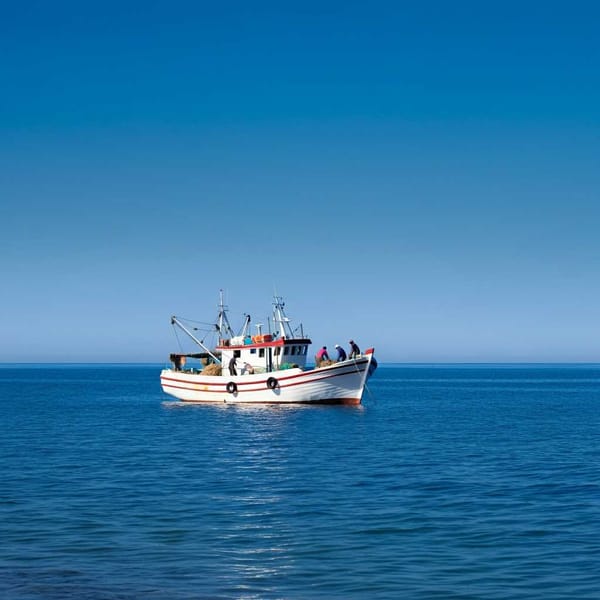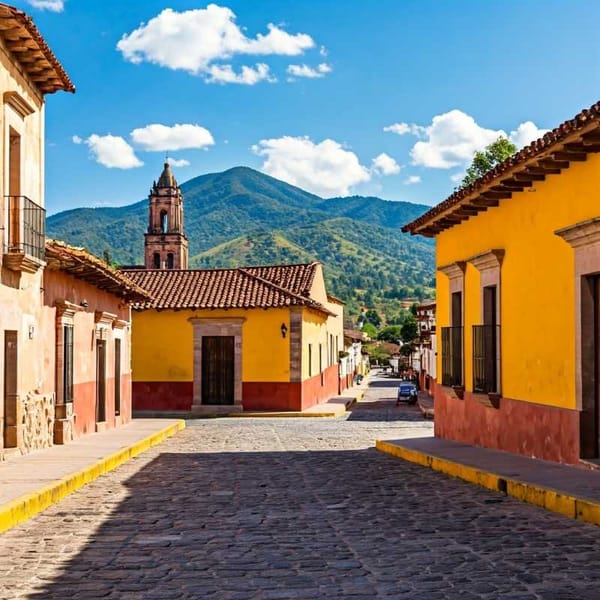This is why Durango is known as the city of legends
Durango, a city steeped in myth and history, welcomes tourists to its historic district, which boasts a stunning collection of old buildings and legends.

Cities are distinguished by characteristics that make them special and unique. This is the case of Durango, the capital of the state of the same name, in the north of the country, the cradle of famous legends, such as The Nun, The Devil's Confessional, the Hill of Remedies, and the penitentiary, where dangerous criminals were mysteriously found dead.
It is the land where Guadalupe Victoria, Mexico's first president, was born; the mythical Francisco Villa, whose real name was Doroteo Arango, also known as El Centauro del Norte (Centaur of the North), one of the main protagonists of the Mexican Revolution, led his Dorados in the famous Northern Division; and the venomous scorpions of seven different species, many of them turned into souvenirs for sale in the Municipal Market.
Durango is also the home of museums and artists who are known all over the world, like the great painter Angel Zárraga and the musician Silvestre Revueltas.
The center of the city is an architectural treasure for the extraordinary beauty of its almost a thousand historic buildings built over three centuries, in baroque, neoclassical, neo-Gothic, or eclectic styles, among quiet, safe streets and under a clear sky that invites you to walk. All this and more is an hour and a half flight from Mexico City and 12 hours by road.
Most of Durango is hot and dry because it is in the landlocked Sierra Madre Occidental. To the north is Chihuahua, to the east is Coahuila, to the southeast is Zacatecas, to the south is Nayarit, to the west is Sinaloa, and to the northwest is Sonora.
Durango, which in the Nahuatl language means "beyond the water", was built in 1563 after a new conquest by the Spaniards against the Tepehuanos, ancient inhabitants of these lands. After the people who lived there were kicked out, the first haciendas were built. These attracted people looking for gold and silver, which were the most valuable metals at the time.
Died of love in Durango
Durango is full of legends. That of La Monja (The Nun), a love story reflected every night in the north tower of the old cathedral, Basilica Menor de la Inmaculada Concepción, in front of the no less beautiful Plaza de Armas, is one of them. It is said that this novice fell in love with a captain who went to fight for Mexico.
Their love was marked by tragedy, and because she was expecting the brave warrior's child, she climbed the tower every night to await his return. One day, an emissary arrived with the bad news that the handsome young man had died in battle, so the beautiful nun could not bear the loss of her loved one and threw herself from the top.
To date, the moonlight revives her at night, and in the absence of natural light, a modern lighting system makes the silhouette of the nun appear every night, even on the darkest nights. According to the people of Durango, she is observed in an attitude of prayer—as can be seen from a side street of the cathedral and under the guidance of hosts. They say La Monja prays for the love she lost in the war.
The Devil's confessional
But other stories make your hair stand on end, such as The Devil's Confessional, originating in the cathedral dedicated to St. George, patron saint of the city. It tells the story of a mortal who asked the Evil One to grant him all the worldly pleasures in exchange for his soul but later repented so that he came to claim his part of the deal by materializing in a black whirlwind. The rest is a legend.
The cathedral, with a quarry façade in Corinthian, Baroque, and Mexican styles, whose construction began in 1620 and ended in 1695, is the site of a very old image of the Virgin of the Immaculate Conception, hand carved by an anonymous artist on fine wood, stewed in gold, polychrome, and incarnated.
In the main sacristy hangs an enormous painting of St. George fighting on horseback against the devil, and at his feet are the seven species of scorpions. This painting was ordered in 1749 by Bishop Pedro Anselmo Sánchez de Tagle, a member of the dynasty that also founded the Hacienda de Corralejo, in 1775, by Captain Juan Sánchez de Tagle. It is clear here that Corralejo has always accompanied Mexico's history to the rest of the world.




